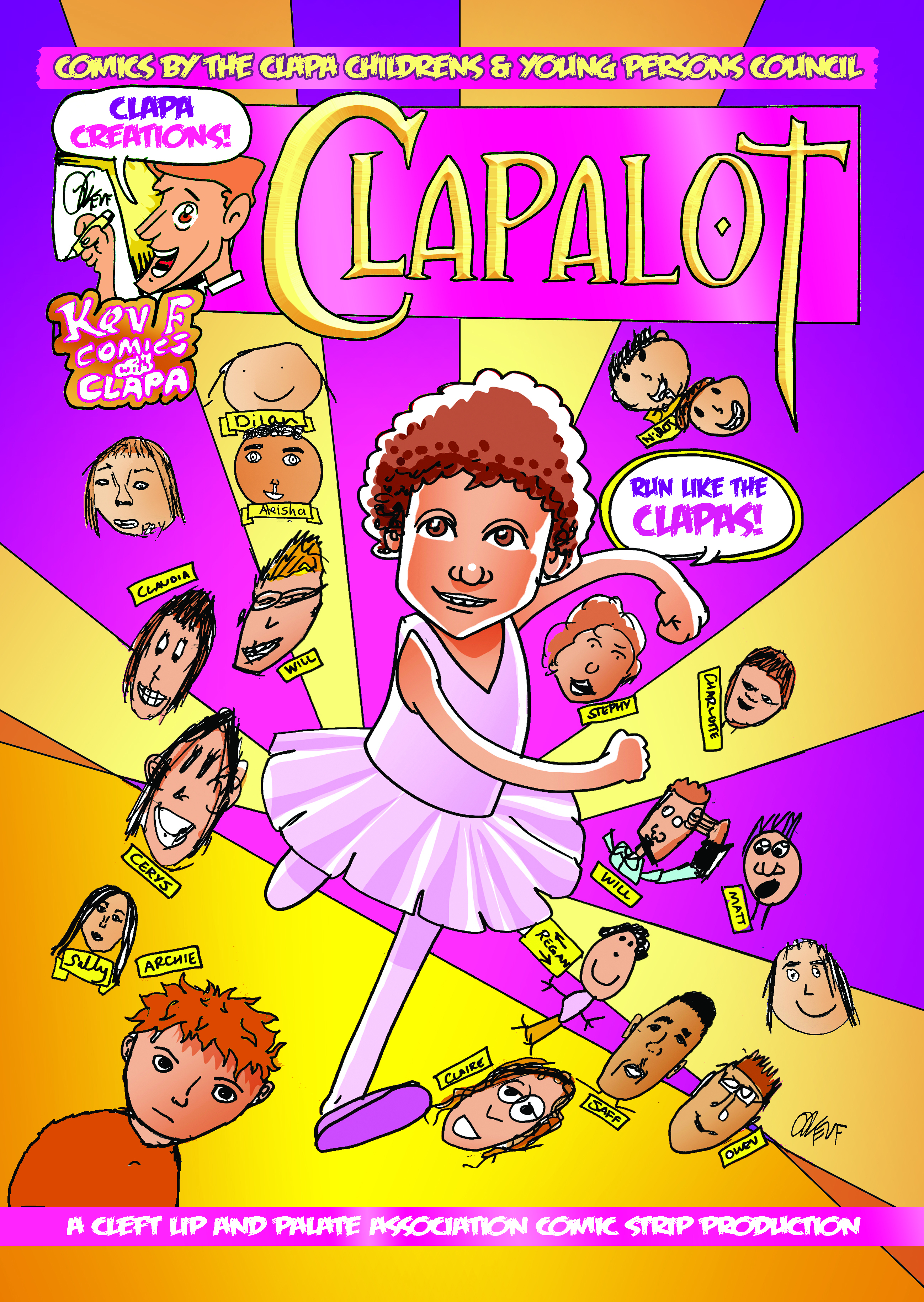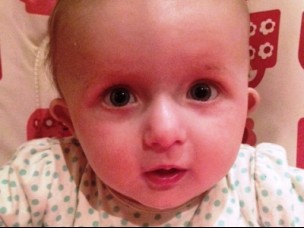
New guidance launched to reduce ‘unacceptable’ cleft palate detection rate
The Royal College of Paediatrics and Child Health publishes new guidance as doctors find:
- -16% of babies diagnosed with cleft palate should have been detected earlier
- -No significant improvement in detection rates over the last 10 years
- -Delay in detection cost the NHS £250,000 in legal fees

Guidance has been published to support paediatricians, midwives and GPs in detecting whether a newborn baby has a cleft palate. Currently 16% of babies go undetected at first examination, putting them at risk of poor nutrition and development.
Rosanna Preston, CLAPA CEO, commented: “All too often we hear from families where a cleft palate was undiagnosed for days, weeks or even months after their baby was born. The families can always tell there is a problem but many health professionals don’t know the correct way to diagnose a cleft palate and sometimes it’s the family themselves that spot the cleft. I have been delighted to be involved with this project to produce guidance which I’m sure will help to train health professionals in the correct way to examine the mouth so that a cleft palate is spotted at once and the family can get the help they need right from the start.”
The ‘Palate examination: Identification of cleft palate in the newborn’ guidance, published today by the Royal College of Paediatrics and Child Health (RCPCH), aims to further reduce the figure which was initially 30% but then reduced to 16% once the national assessment standard changed from 24hrs to 72hrs in 2008.
Although new born babies are given a physical examination – including a cleft palate assessment – within 72 hours of birth, most recent figures have shown that 12% of babies diagnosed with cleft palate were detected more than a week after birth, 7% under three months of age, 3% under a year and 2% were over a year old.
In order to improve detection rates, the RCPCH recommends that:
-Healthcare professionals should examine a baby’s hard and soft palate as part of the full newborn physical examination and record this in the child health record
-Examination of the baby’s palate should be carried out by visual inspection
-Parents should be informed if the whole palate has not been visualised during the newborn examination
-If the whole palate is not able to be inspected, a further attempt should be made within 24 hours. If this is not achieved at the 2nd inspection, a third attempt should be made with consideration of referral to paediatric services
-Trusts should provide training for all health professionals required to carry out a newborn examination to ensure they are equipped with the skills to spot a baby with a cleft palate
Dr Alex Habel, clinical lead and member of the Royal College of Paediatrics and Child Health, said:
“A cleft lip or palate is the most common facial birth defect in the UK with one in every 700 babies born with one. Cleft palate without cleft lip affects two in five such babies and if the condition isn’t detected early, a baby can experience impaired growth and development as a result.
“Every child deserves the best start in life. This delay is totally unacceptable.
“This is a condition that is treated with timely surgery but often other care is required such as speech and language therapy and orthodontic treatment, and management of associated medical and developmental needs. So it is crucial a full visual examination is carried out within 72 hours of birth and data logged into the child health record so appropriate care is coordinated as early as possible.
“By doing so, excellent results are possible and the child’s full potential achieved.”




I am so glad. I found this article. My grand daughter was diagnosed with cleft palate only yesterday aged 2yrs 5m.
My daughter has been to her GP on several occasions as she felt things weren’t right. After all this time she finally got to see a speech and language therapist who picked up on it.